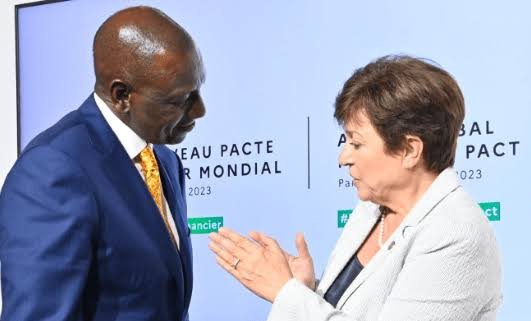
Kenya has announced plans to secure a one-year financial assistance package from the International Monetary Fund (IMF), with negotiations already underway.
In an interview with Reuters on Wednesday, Treasury Cabinet Secretary John Mbadi expressed the need for ongoing Washington D.C-based lender’s support to maintain Kenya’s economic stability as the current loan program concludes in April 2024.
“Maybe before the current program comes to a close in April, there should be some indicators on whether we are starting a new program and what that new program will entail,” said Mbadi.
In addition to the IMF package, the government is exploring other financing options, including a $1.5 billion commercial loan from the United Arab Emirates (UAE) at an interest rate of 8.25%. Kenya is also considering tapping into the Eurobond market to raise funds.
“We have the option of taking that [UAE loan] or going to the market, which is open now, and with our good and positive credit,” he added.
Also Read: Kenya to Access $1.5 Billion UAE Loan in Phases to Stay Within IMF Debt Limits
Rising Debt-Servicing Costs
Kenya’s debt-servicing costs have surged due to a decade-long borrowing spree. The government abandoned a plan to raise revenue through tax hikes in May last year following deadly protests.
In the same month, the government proposed a series of taxes aimed at reducing Kenya’s budget shortfall.
The fiscal deficit is projected to be 4.3% of GDP in 2024/25. These measures were encouraged by the IMF, which had loaned Kenya $2.3 billion to meet financial obligations resulting from Covid-19 and existing debt-servicing costs.
The proposed taxes, primarily VAT measures, have been criticized for disproportionately burdening poorer Kenyans, leading to widespread protests led by younger Kenyans.
Over the last 16 years, Kenya’s debt has risen significantly. Government debt totaled 39% of GDP in 2010; by March 2023, it had increased to 68% of GDP.





